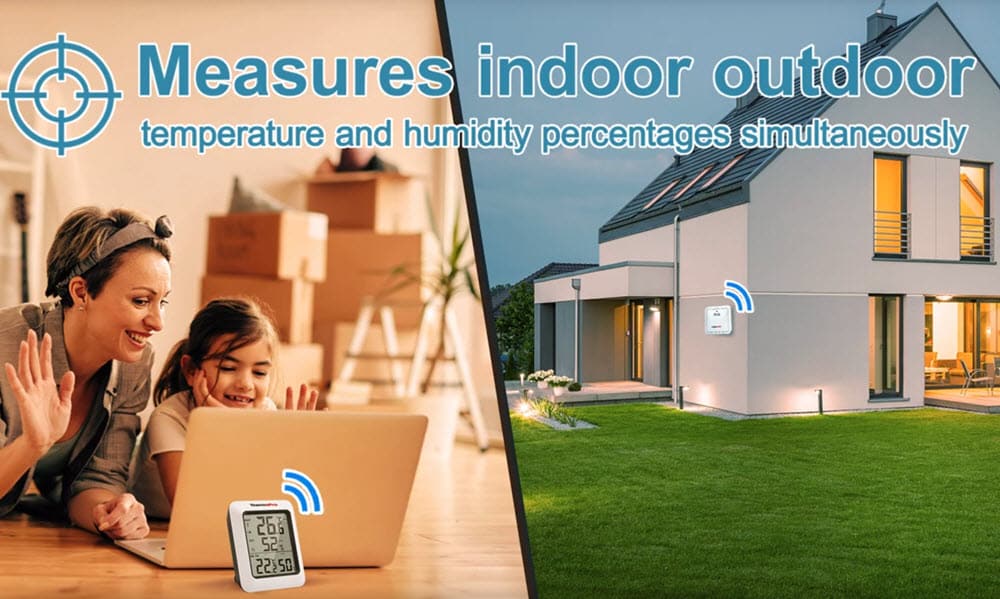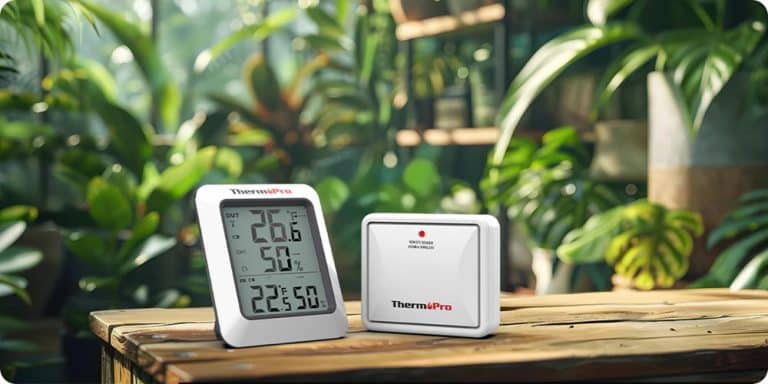As summer fades and crisp autumn air settles across the United States, gardeners face a new set of challenges and opportunities. Fall is more than just a season of falling leaves—it’s a critical time to prepare your plants and soil for the coming winter and set the stage for next spring’s success.
Whether you tend a backyard garden, a greenhouse, or a collection of indoor houseplants, these ten practical fall plant care tips will help you keep your plants healthy and thriving.
1. Clean Up Spent Plants and Debris
The first step in fall garden care is cleaning up what summer leaves behind. Remove dead annuals, faded perennials, fallen leaves, and any diseased plant material. Leftover debris can harbor pests, fungi, and bacteria that will overwinter in your soil.
Tip: In many U.S. regions, autumn brings cooler, damp conditions that can encourage fungal growth. Rake and dispose of diseased leaves rather than composting them to prevent re-infection.
2. Protect Sensitive Perennials
Perennials such as hostas, peonies, and daylilies benefit from a bit of extra attention before frost. After the first light frost, cut back dead stems to reduce disease and apply a 2–3 inch layer of mulch to insulate roots.
In northern climates (like the Midwest and Northeast), mulching helps stabilize soil temperatures as winter freezes set in. In warmer states, a lighter mulch layer can protect against sudden cold snaps without creating excess moisture.
3. Prepare and Improve Your Soil
Fall is an ideal time to feed your soil. Add compost, well-rotted manure, or organic matter to replenish nutrients depleted during summer growth. Cooler weather encourages earthworm activity, which helps incorporate organic material before winter.
In areas with heavy clay soil—common in parts of the Midwest—mixing in compost now will improve drainage and reduce compaction when spring rains arrive.
4. Plant Fall Bulbs for Spring Color
Dreaming of tulips, daffodils, or crocuses next year? Autumn is planting season for spring bulbs. Most bulbs need to experience a cold period to bloom properly, making fall the perfect time to get them in the ground.
Plant bulbs about six weeks before the ground freezes. In northern states, aim for late September to early October. In southern regions, you can plant as late as November.
5. Water Deeply Before the Ground Freezes
Even as temperatures drop, plants need moisture to survive the winter. Water trees, shrubs, and perennials thoroughly before the first hard freeze. Deep watering helps roots stay hydrated when the soil is dry but not yet frozen.
This is especially important in western states where autumn can be dry and winds can strip moisture from soil and foliage.
6. Prune with Care
Fall is a good time for light pruning of dead or damaged branches, but avoid heavy pruning of shrubs and trees. Cutting too much can encourage new growth that may not harden before frost.
Instead, wait until late winter or early spring for major shaping. For roses, remove any diseased canes now to reduce the risk of black spot and mildew.
7. Bring Tender Plants Indoors
If you have tropical plants, potted herbs, or tender perennials, move them indoors before the first frost. Check each plant carefully for pests and prune back any dead growth to prevent spreading insects inside.
Houseplants may need a few days in a shaded porch or garage to acclimate before moving into a warm home. This step reduces shock caused by sudden temperature changes.
8. Monitor Temperature and Humidity with a Digital Hygrometer
One of the most overlooked aspects of fall plant care is environmental monitoring—especially for indoor plants and greenhouses. As outdoor temperatures drop and indoor heating begins, humidity levels can fluctuate dramatically, stressing plants.
Using a smart device such as the ThermoPro TP60B Wireless Indoor Outdoor Hygrometer Thermometer allows you to receive the temperature and humidity data from 500-ft away.
- This indoor-outdoor hygrometer thermometer features two sensors for tracking garden and greenhouse conditions without stepping outside.
- Accurate readings help you know when to run a humidifier, adjust watering schedules, or add ventilation.
- A large 2.7″ display with bold digits ensures clear visibility from any angle.
- Tracks indoor outdoor temperature (±1°C) and humidity (±2–3% RH) with readings refreshed every 30 seconds for accurate, real-time data.
- A strong wireless signal transmits temperature and humidity information from up to 500 feet away.
- Ideal for spaces like nurseries, basements, cellars, warehouses, or greenhouses to maintain the right environment.
- Comes with a tabletop stand and wall-mount option for easy placement anywhere indoors or out.

By understanding your plants’ microclimate, you can adjust care routines and create the ideal growing environment all season long.
9. Fertilize Strategically
Most outdoor plants slow their growth in autumn, but a gentle feeding can help them store energy for winter. Choose a balanced, slow-release fertilizer or one formulated for fall.
Avoid high-nitrogen fertilizers, which promote soft, leafy growth that is vulnerable to cold damage. For lawns, a fall fertilizer high in potassium strengthens roots for winter survival.
10. Plan for Next Year
While your garden winds down, take notes on what worked and what didn’t. Sketch out your garden beds, record plant varieties, and jot down bloom times or pest problems.
This fall planning helps you order seeds early and design a better layout for spring. It’s also the perfect time to research new tools—like hygrometers, grow lights, or irrigation systems—that can make next year’s gardening even more rewarding.
Extra Tips for Different U.S. Regions
- Northeast & Midwest: Prepare for early frosts and snow by insulating root systems and draining outdoor hoses.
- South & Southeast: Watch for lingering heat waves and hurricane-related rains that can bring fungal diseases.
- West Coast: Pay attention to dry winds and wildfire smoke; deep watering is critical before winter rains arrive.
- Mountain States: Sudden temperature swings can be severe—use frost blankets to protect late-season vegetables.
Final Thoughts
Fall is a season of transition, and your garden needs your help to make it through the changing weather. From cleaning up summer debris to monitoring indoor humidity with tools like the ThermoPro TP60B Wireless Indoor Outdoor Hygrometer Thermometer, every action you take now prepares your plants for a healthier winter and a vibrant spring.
By following these ten fall plant care tips, you’ll not only protect your garden during the cooler months but also set the stage for strong, beautiful growth when warmer days return. Your plants—and your future self—will thank you when the first blooms of spring appear.













